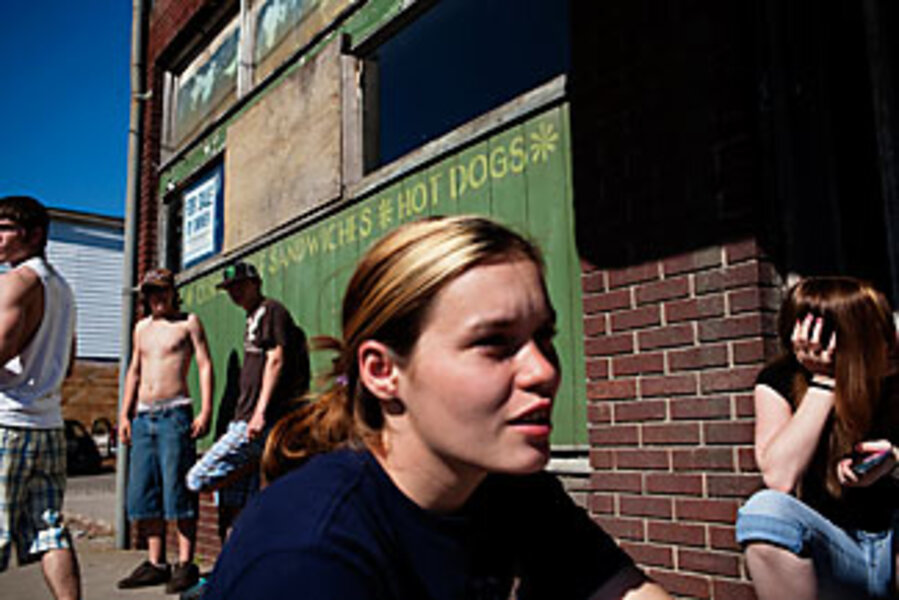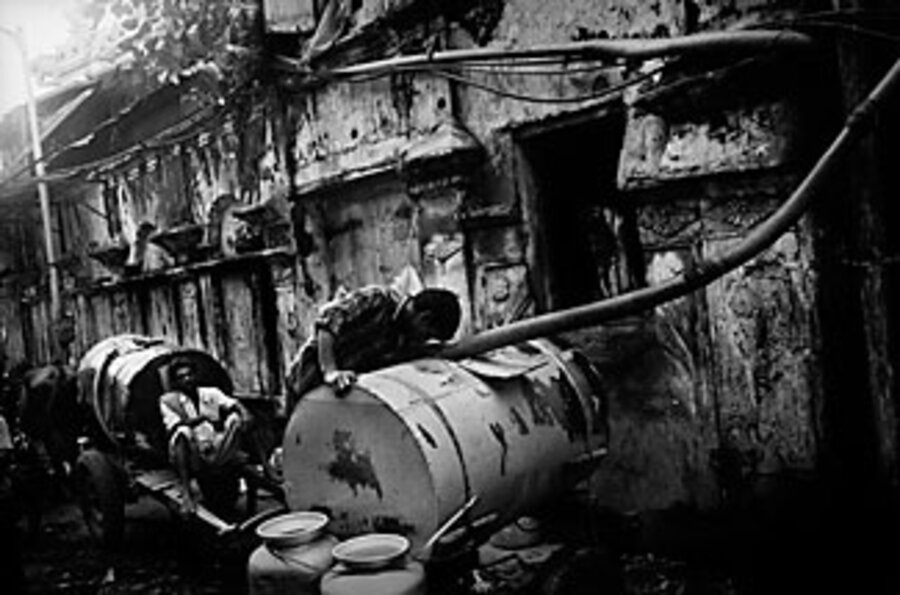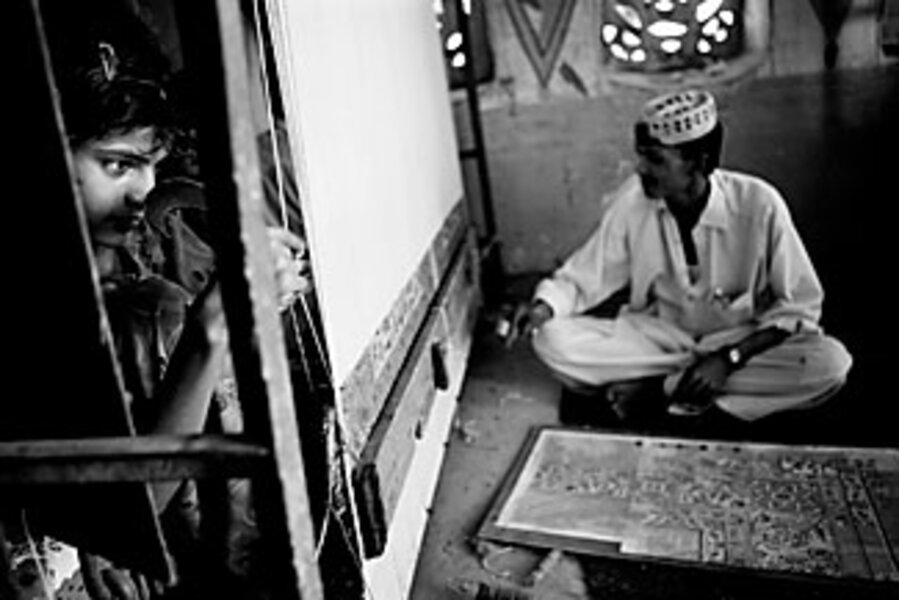Photojournalism enters a golden age
Loading...
| Century City, Calif.
Now in its 66th year, one of the world's oldest news photo competitions, "Pictures of the Year International" (POYI), enjoys new life in the just-opened Annenberg Space for Photography, here in the backyard of the entertainment industry.
The arresting images tell their own stories: a woman whose face has been melted by acid, Michael Phelps's hair's-breadth win in the Beijing Olympics, the aftermath of the China earthquake. At the same time, the exhibition itself is a good lens through which to view the swiftly evolving field of photojournalism, say photographers, educators, and industry analysts.
"We're moving into what I would call a golden age of photojournalism," says William Snyder, four-time Pulitzer Prize-winning photographer, who points to the "amazing proliferation of opportunities for visual storytellers to ply their trade." These range from self-publishing on the Internet to the explosion of reality-based entertainment.
This may seem paradoxical in an era of newspapers and magazines downsizing and disappearing "with discouraging frequency," says Mr. Snyder. At the same time, he adds, the overall culture has become saturated with visuals. Beyond that, the flowering of reality television and the overall cultural premium placed on real-time information has opened the way for a greater appreciation of the sometimes unsettling realities that lie at the heart of good photojournalism, he says. "Reality is popular now in a way that it certainly wasn't in the early days of photojournalism."
Launched in 1944 as an outlet for the best war reporting on the home front, the contest that eventually became POYI was born at the University of Missouri. While questions about photographic authenticity may seem to be more acute in the digital era where even the most casual amateur can easily alter pixels, the notion of telling stories through photos has been dogged by questions about human artifice from the inception of photography.
"There have been lingering questions about the authenticity of Civil War photographs and World War II concentration camp photographs just because the circumstances seemed unbelievable," says Pamela Venz, associate professor of art at Birmingham-Southern College in Alabama.
Particularly now, in an era of self-publishing and so-called "citizen" journalism, with everyday folks feeding the news cycles with impromptu snapshots, today's credibility issues revolve around the idea of "experts," says Douglas Rea, professor of photojournalism at Rochester Institute of Technology in New York. "This generation is highly skeptical of everything they see," he says. The struggle for today's professional photojournalists is to be seen in the vast sea of visual information, he says.
The exhibition's Annenberg berth is one opportunity to be seen, says POYI director Rick Shaw. Traditionally, the winning photos would be on display at the University of Missouri for a brief time "and that would be it," he says. In his five-year tenure to date, Mr. Shaw says he has tried to transform POYI into a teaching tool. "I've wanted to find a way to extend its reach," he says, pointing out that these professionals face "additional pressures coming from the fact that the world is glutted with visual imagery, and there are fewer and fewer meaningful gatekeepers."
The competition and others like it have detractors, those who maintain that the very need to stand out has led the contest to focus increasingly on "the marginal, the poor and dispossessed," says Steve Raymer, a National Geographic Magazine photographer for more than two decades and POYI winner in 1976. In his current teaching post at Indiana University in Bloomington, he says he tries to send the message that "you don't need to go to the remotest parts of Africa and Asia to tell an important story." This pressure to cover the "exotic" has led many young photojournalists to ignore the important stories closer to home, he adds.
But Patricia Lanza, Annenberg director of talent and content, says the POYI show has balance. She points to the quiet photo of Barack Obama and his wife and says, "there are important stories everywhere. We want to send the message that the passion to tell an important story through pictures is a valuable and noble effort, one that shouldn't get overwhelmed or lost as the world drowns in everyday pictures."
• POYI runs through Nov. 1. For a gallery of winners, go to www.poyi.org/65/winners.html.







